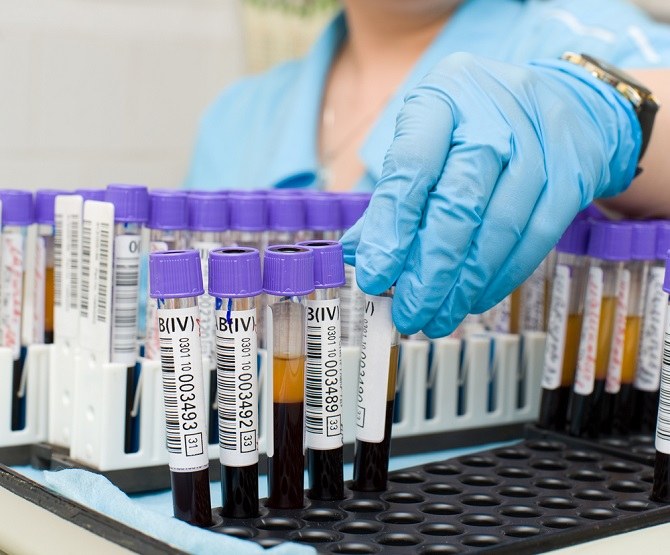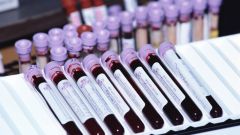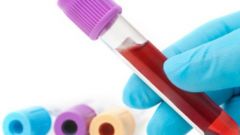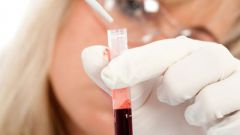What do complete blood count
If the results of the overall analysis can only be seen some parameters, such as erythrocyte sedimentation rate (ESR), hemoglobin, red blood cells and white blood cells, in the expanded analysis is presented about 20 characteristic blood indices. There are rules for each of the blood parameters. These rules are defined with regard to gender and age. Deviations from them are pathological and indicate, in combination with abnormalities of other parameters of a particular disease, current inflammatory process or how to proceed other processes characteristic of human life. The doctor, evaluating different metrics detailed analysis of the blood, can judge the state of many organs and body systems. Final diagnosis is made only in combination with clinical examination, consultations of specialists, taking into account complaints and General condition of the patient. According to the results of detailed analysis of the blood can be controlled and how is the treatment.
That can show the main parameters of the deployed blood
If we consider the main indicators of blood, they will give an objective picture of the condition of the patient. For example such a parameter as the amount of hemoglobin in the blood, in the normal state for men is equal to 130-160 g/l, for women - 120-140 g/l for children up to year - 90-140 g/l, and up to six years - 105-150 g/l. If this figure is below normal, your doctor may suggest anemia. When the hemoglobin exceeds its normal level, the cause may be polycythemia, congenital heart disease, pulmonary and intestinal failure and intestinal obstruction.
The normal number of red blood cells in the blood of adult men and 4.5 to 5.5 in women - 3,7-5,5 million in 1 cubic mm of blood. The decline in these indicators can be caused by anemia, large blood loss, gipergidratace. Excess weight is a symptom of dehydration, diseases of the hemopoietic system, lung, polycystic disease, hydronephrosis, other diseases of the kidneys and liver. The analysis is determined and an indicator such as the hematocrit. It reflects the percentage of the number of erythrocytes in the blood plasma. The increase or decrease in hematocrit is also associated with these pathologies. Normal for men it is equal 39-49% for women - 35-45%.
The number of platelets in the blood of healthy women or men - 180-320 10 to the 9th degree per liter. Decreasing this number can be triggered by viral infections, disorders in the bone marrow, diseases of the spleen, liver, thyroid, leukemia, autoimmune thrombocytopenic purpura the. High values can be due to Hodgkin's disease, cancer of the stomach or kidney, condition after removal of the spleen, developing sepsis after major blood loss.
According to the results of detailed analysis of the blood can also determine the number of white blood cells – leukocytes, and leukocyte formula count - how many white blood cells of a particular type contained in the blood. Normally, the white blood cells are 6-8х109 g/l. Their increased number is a symptom of inflammation, toxicity, allergic reactions, bacterial infections, blood diseases (leukemia). The indicators below the norm indicate the presence of some viral infectious diseases − it is also a symptom of rheumatoid arthritis, radiation exposure, low immunity.
Leukocyte formula displays the percentage of blood neutrophils, lymphocytes, eosinophils, monocytes basophils. Norms are based on age differences. It is diagnosed by haematological, infectious and inflammatory diseases, it also allows to assess the severity of the patient's condition and how well the treatment is carried out.





